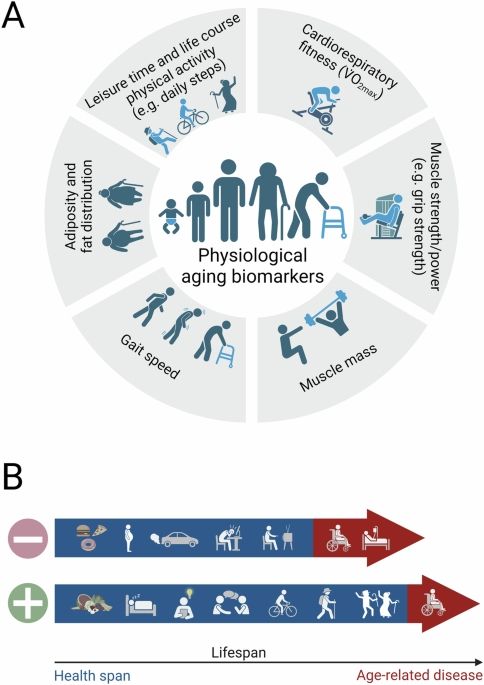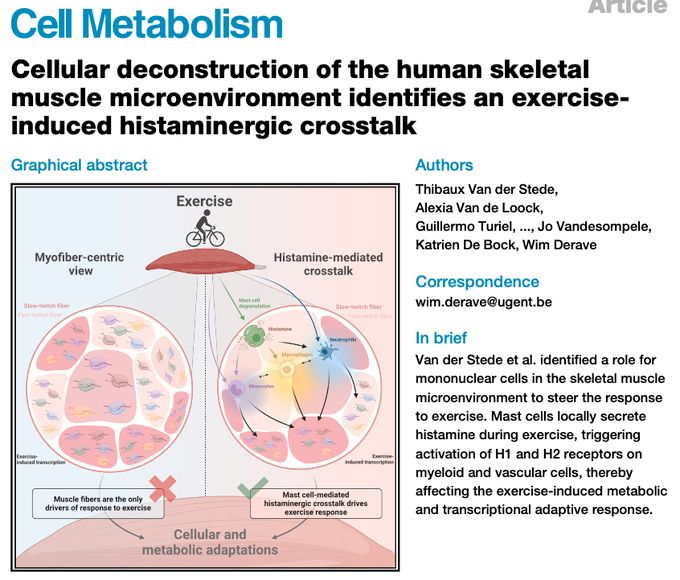
2/3
doi.org/10.1101/2025...

2/3
doi.org/10.1101/2025...
"Biomarkers of aging: from molecules and surrogates to physiology and function"
@apspublications.bsky.social @apsphysiology.bsky.social @regula-furrer.bsky.social @biozentrum.unibas.ch @unibas.ch
doi.org/10.1152/phys...

"Biomarkers of aging: from molecules and surrogates to physiology and function"
@apspublications.bsky.social @apsphysiology.bsky.social @regula-furrer.bsky.social @biozentrum.unibas.ch @unibas.ch
doi.org/10.1152/phys...
doi.org/10.1152/phys...
Some teasers:
🧵 1/9

doi.org/10.1152/phys...
Some teasers:
🧵 1/9
doi.org/10.1038/s415...
3/3

doi.org/10.1038/s415...
3/3
2/3
2/3
1/3
1/3
doi.org/10.26508/lsa...
1/4 🧵

doi.org/10.26508/lsa...
1/4 🧵
We're looking for a PhD student to study the effects of inter-tissue communication on energy balance and metabolic health. Interested? Get in touch!
ddz.de/en/job/docto...

We're looking for a PhD student to study the effects of inter-tissue communication on energy balance and metabolic health. Interested? Get in touch!
ddz.de/en/job/docto...
@wimderave.bsky.social, @ugent-fge.bsky.social, @fwovlaanderen.bsky.social
www.sciencedirect.com/science/arti...

@wimderave.bsky.social, @ugent-fge.bsky.social, @fwovlaanderen.bsky.social
www.sciencedirect.com/science/arti...
journals.physiology.org/doi/full/10....
17/17

journals.physiology.org/doi/full/10....
17/17
www.sciencedirect.com/science/arti...
6/17

www.sciencedirect.com/science/arti...
6/17
#exercise / #physical-activity and nutrition: pubmed.ncbi.nlm.nih.gov/39811024/

#exercise / #physical-activity and nutrition: pubmed.ncbi.nlm.nih.gov/39811024/


